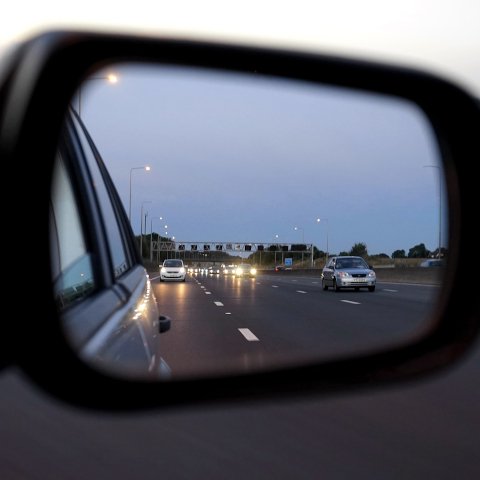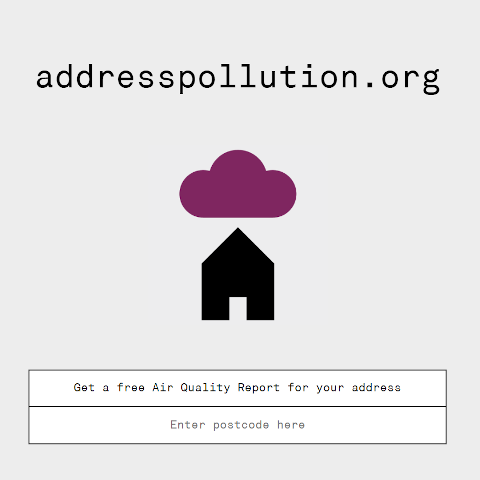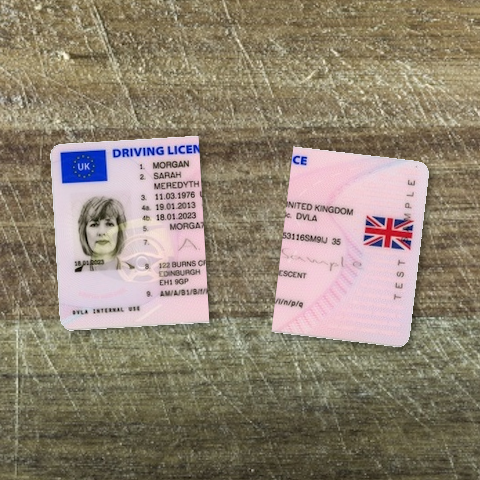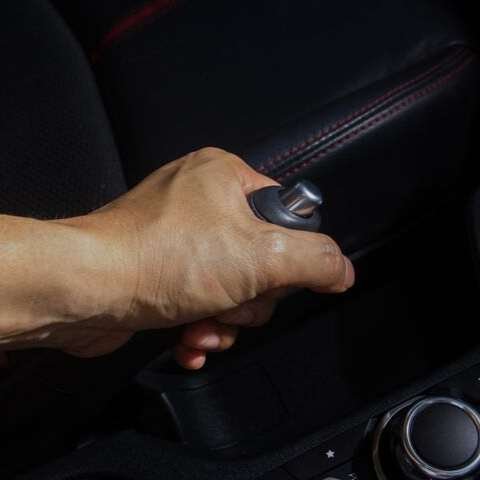
Rise in fatal motorway accidents shows that smart motorways need work
Official data from the Department for Transport shows that fatal accidents on motorways increased by 19.4% in 2018, with 107 deaths from 92 fatal collisions. Isn’t it time that the government admitted to putting finances before lives?
Highways England, the company responsible for the countries motorway network (owned by the government) are adamant that smart motorways aren’t the risk that they’re perceived to be, although a recent report stated that breaking down on an all-lane running motorway during off-peak hours is 216% more dangerous than a traditional motorway.

With that said, it’s known that 24 vehicles (on average) per week are involved in some sort of collision on a traditional hard shoulder, so that may not be the answer either.
Smart motorways
We recently reported that many drivers are too scared to use the hard shoulder on a smart motorway, and having read through your comments, it seems as though there’s a common theme: smart motorway, dumb driver.
It could be argued that it isn’t the technology at fault, but that of the organic lump behind the wheel of the vehicle; if drivers were better educated, more courteous or respectful, understood the simple physics of car accidents and how to avoid them, then perhaps a smart motorway may work?
That’s all very well, but what happens in the event of a breakdown? Or any unforeseen circumstance? Making your way to a safety refuge isn’t always possible, and if you happen to find yourself stuck in the middle of a lane, it can take anything up to 20 minutes for the live lane to be closed, and even then, there’s rarely a physical barrier closing the lane, just a big red X on an overhead gantry, which is easily ignored.
While Highways England claim that a smart motorway is just as safe as a conventional motorway, Jack Cousens, head of roads policy for the AA, said: “The fact fatal incidents on British motorways rose by almost a fifth last year is depressingly tragic. We need to design and build the safest roads in the world, not ones ‘just as safe’ as their predecessors.
“Drivers feel uneasy on all lane running schemes, so much so that two thirds (66%) are only prepared to drive up to half a mile in search of an Emergency Refuge Area, before stopping in a live lane should they have a puncture.
“It seems that as more collisions occur where vulnerable vehicles are hit in live lanes, the more the public seems to distrust the concept of smart motorways.”
More than revenue generation
Of course, the simplest argument for smart motorways is financial, both in terms of cost to build and revenue that can be generated automatically for any infringement of the law, but there is a valid argument, albeit quite minor:
A smart motorway can be an excellent way to improve traffic flow and volume on stretches of motorways that would have previously been impossible to improve, either through geographic restrictions, or prohibitive costs. But as for the rest of the arguments? Even Highways England have admitted that the safety records are a worry – “the numbers (of fatalities) are very concerning, more needs to be done to improve the safety”.
Having smart motorways is all well and good when we have smart drivers using them, but that’s not the world we live in, and as such, we should look to tackle the problems that conventional motorways bring about, and really only resort to using the all-lane running motorways where absolutely necessary, rather than as a cheap alternative to traditional road construction.
We’ve seen this before; when councils introduced 20mph blanket speed limits in residential areas in the name of safety, only to be proven that they in fact increased the danger, they wouldn’t (couldn’t?) spend the money to revert them back to 30mph zones. Financial gain before safety, regardless of political alignment.
Public service announcements
Going back a few decades, we’d often see Public Service Announcements in the form of short adverts on the television, perhaps the most memorable being “Only a fool breaks the two second rule”. Maybe we need a return of those PSAs, advising motorists both old and new on the correct procedures of how to drive on modern motorways?
Or should we all just sit back and wait for full-autonomy to arrive, with connected cars ‘talking’ to each other, and avoiding all possible risks and accidents?
What do you think of smart motorways? Do they have any benefit? Or is it simply a way of generating revenue, while saving infrastructure costs? Let us know in the comments.







